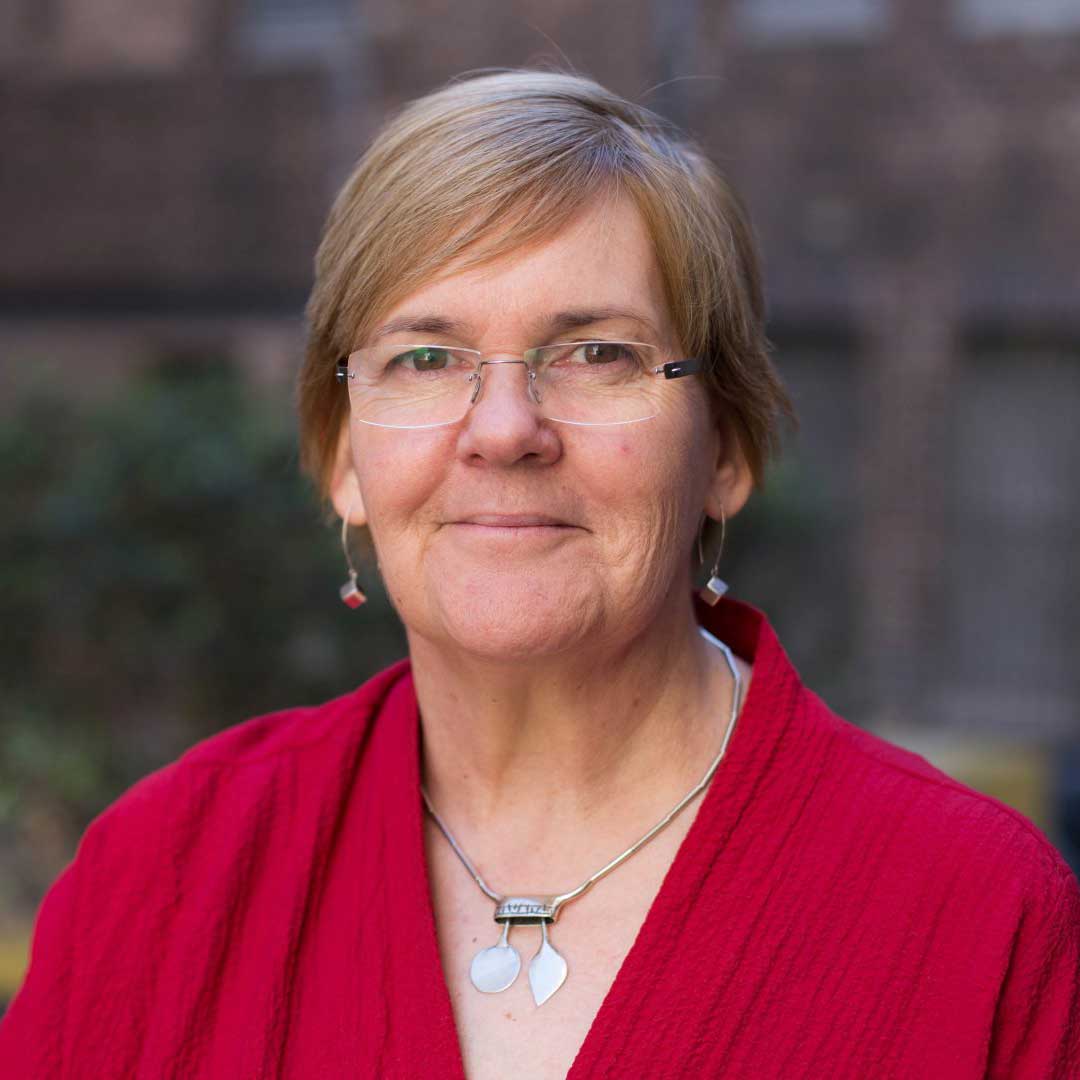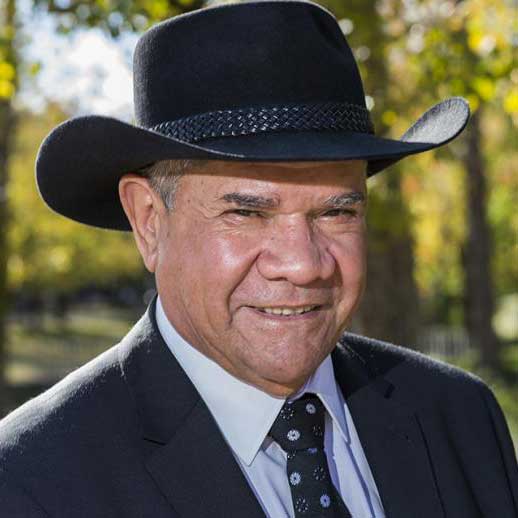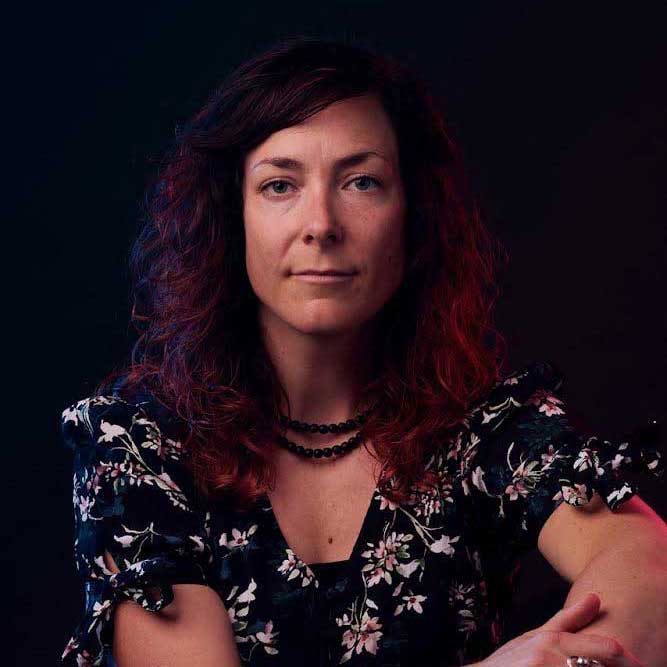How we’re governed
Greenpeace Australia Pacific strives to follow the highest standards of accountability and transparency in all we do towards a green and peaceful future.
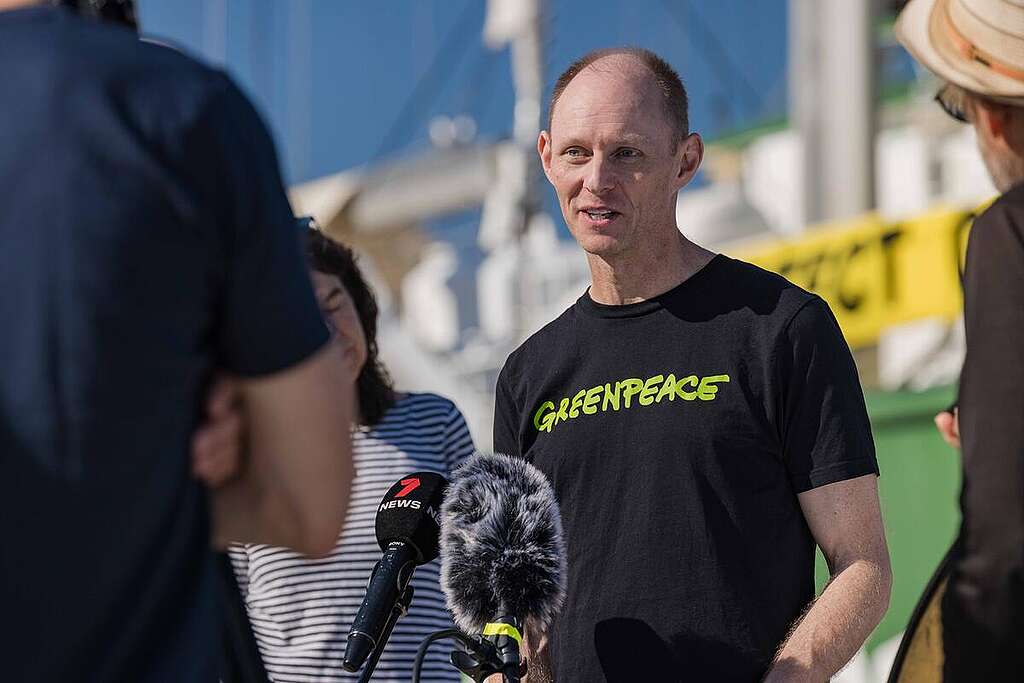
Annual Reports
Greenpeace Australia Pacific is happy to be able to report back to you on our work.
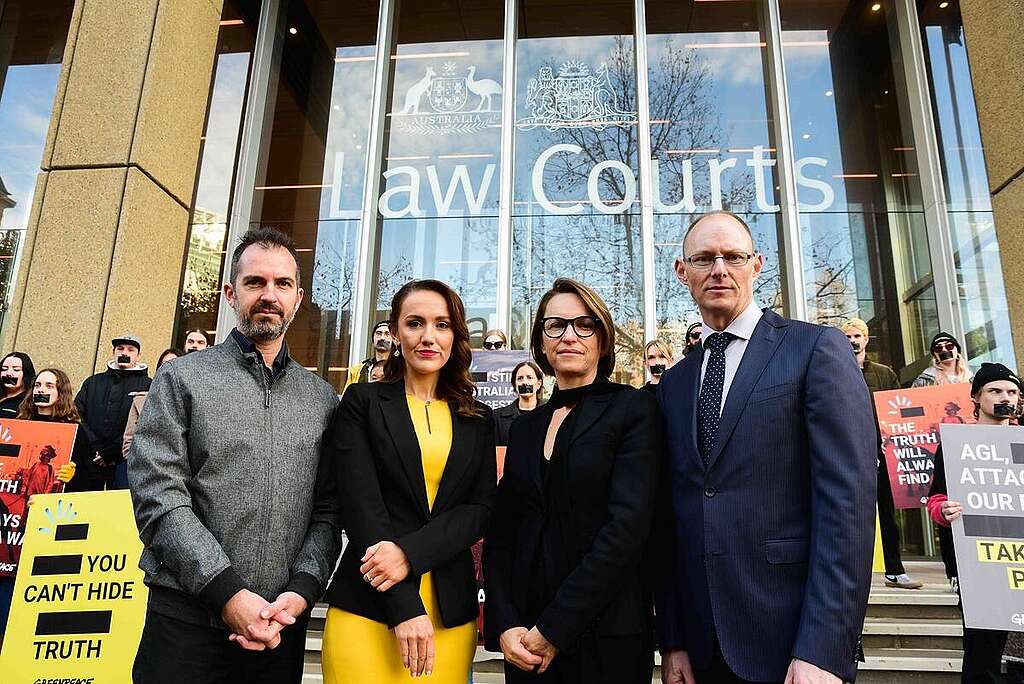
Governance Structure
Our governance structures reflect our fundamental respect for democratic principles and our need to maintain a high level of internationalism and independence. To this end we work to ensure our generous supporters – whether you take part in our actions or give through donating – know how our funds are spent.
Our governance structure is detailed in the Constitution of Greenpeace Australia Pacific Limited.
Our Constitution outlines:
- The legal obligations of Greenpeace Australia Pacific as a public company
- The role of General Assembly members
- How directors are elected and their role on the Board
- The role of the Chief Executive Officer
Board of Directors
The Board of Directors of Greenpeace Australia Pacific consists of independent non-executive directors. The Board is responsible for setting the organisation’s strategic direction and ensuring it is aligned with its mission and values.
Directors are elected by the General Assembly for a three-year period. They may hold office for a maximum of two terms unless elected to Chair, in which case one additional term may be served.
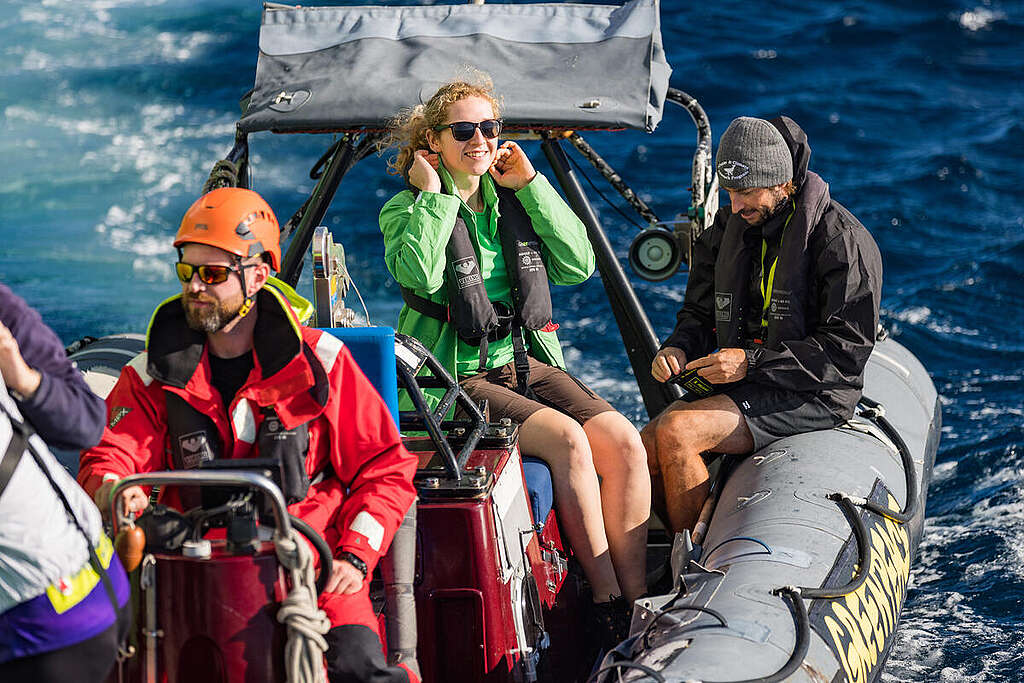
• ensure the organisation obtains and appropriately uses the resources required to carry out its objectives and sustain it
• approve the annual budget of the organisation
• approved the audited accounts
• appoint and supervise the Chief Executive Officer
• monitor the operations and activities of Greenpeace Australia Pacific
• approve organisation policy
• approve the commencement of new campaigns.
Board members
-
Louise Tarrant
Louise Tarrant is a passionate advocate for a green peace. One where life is fairer for people and gentler on the earth. She understands that wishful thinking however is insufficient. In a past life as a unionist she saw the need for workers to collectivise and to campaign for respect and a fair share.
-
Mick Dodson AM
Mick Dodson AM is a former Australian of the year, Yawuru man, barrister, activist and professor. He is best known for his campaigns as a lawyer to secure and improve the legal rights of Aboriginal and Torres Strait Islander peoples, particularly in relation to land and native title rights.
-
Luke Giuliani
Luke Giuliani has spent over 15 years working as a strategic and technology leader within startup, not-for-profit, commercial and listed environments.
-
Nicolette Rubinsztein AM
Nicolette Rubinsztein is a renowned author, qualified actuary and experienced director. She believes climate change is the most important challenge of our time.
-
Hannah Browne
Hannah is a technology leader, entrepreneur, Board Director, culture advocate and four-time Pan Pacific Brazilian Jiu Jitsu champion. She won the 2023 WIICTA Entrepreneur Award and is scaling her fifth start-up, Midnyte City.
-
Suzie Shaw
Suzie Shaw is CEO of the socially-led creative agency, We Are Social, heading up its 60-strong Australian team. Suzie brings to the Board over two decades of global communications and marketing experience—including 14 years in London, and has worked across diverse sectors such as technology, financial services, travel and tourism.
-
Tony Coleman
Tony is a senior actuary with a long involvement in pursuing better climate change outcomes. From 2009 to 2015 Tony was a non-executive Director of Low Carbon Australia (the Federal Govt owned forerunner of the Clean Energy Finance Corporation). Tony was also a non-executive Director of the Antarctic Climate and Ecosystem CRC from 2009 to 2018, involved in gaining a better community knowledge of the science of climate change.
Committees
The Board is supported in its function by Board Committees and working groups who provide advice and recommendations to the Board.
the Finance and Audit Committee is a standing committee of the Board responsible for reviewing and advising the Board in the following areas:
- Management and financial reporting
- Corporate risk and internal control environment
- Corporate governance
The Nominations Committee assists the Board by:
- ensuring that nominees for the General Assembly and Board which are presented to the General Assembly for election have suitable qualifications, experience, character and motivation
- providing recommendations about the desired size of the General Assembly and Board
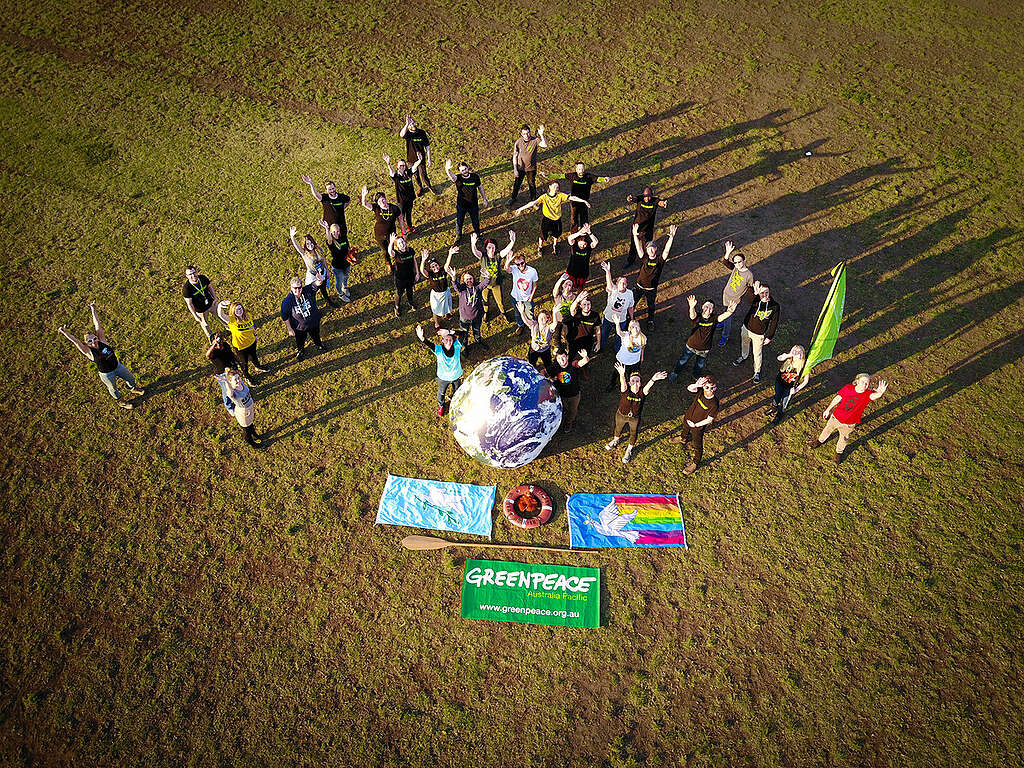
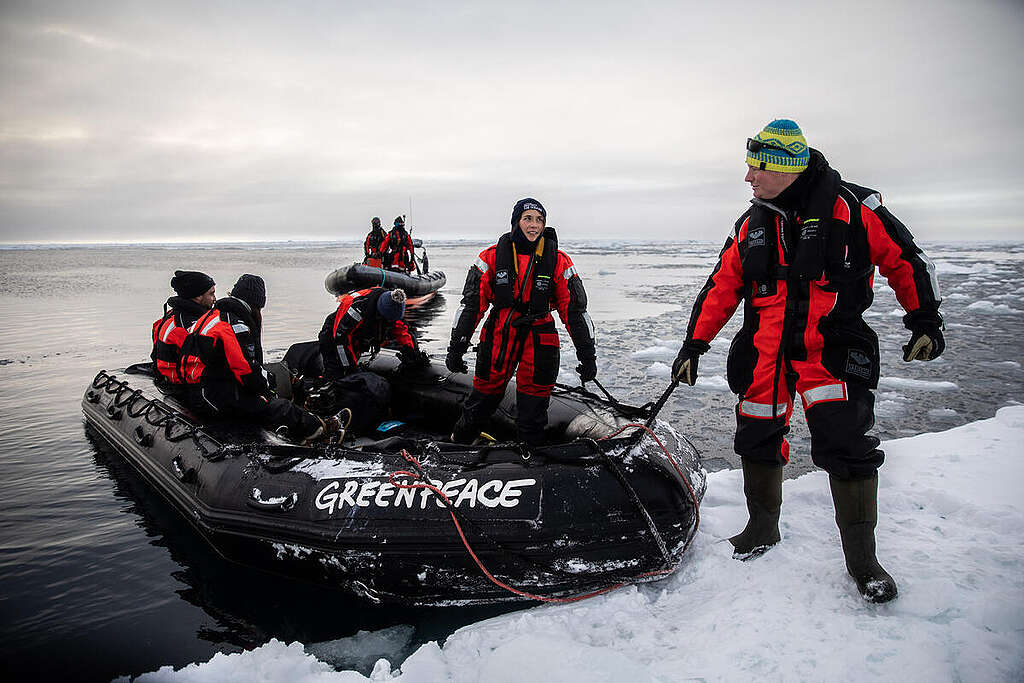
General Assembly
General Assembly members do not participate in the day to day operations or decision making of the organisation, but their contribution is fundamental to the effective governance of Greenpeace Australia Pacific.
The Board empower the General Assembly by:
- Communicating effectively with members
- Providing ready access to balanced and understandable information about the organisation and corporate proposals
- Making it easy to participate in general meetings.
In many respects, the General Assembly are the most ardent supporters of the organisation: their role is custodian, ambassador and advocate. Some of the things generally expected of General Assembly members include:
• Commit their time to the attendance of the Annual General Meeting (AGM)and other governance tasks entrusted to them
• Be a regular giver, and encourage others to do the same
• Amplify social content, participate and show support on digital platforms
• Abide by the General Assembly Code of Conduct
• Be a passionate guardian and advocate for a green peace
General Assembly members are the voting members of the organisation. They promote the objects of Greenpeace and agree to accept the powers and obligations set out in the Constitution of Greenpeace Australia Pacific.
This is a voluntary role that participates in oversight of the organisation through the Annual General Meeting, any extraordinary general meetings or postal ballots.
General Assembly members do not participate in the day to day operations or decision making. However they can exercise their power via a vote at the AGM on important decisions that affect the direction of the company (for example, changes to the Constitution) or express their level of satisfaction with the management of the company and the achievement of its objectives.
The main responsibilities of the General Assembly are:
• Election of the Board members
• Oversee Board performance
• Acceptance of the annual report of Greenpeace Australia Pacific
• Appointment of the external auditor
As per the Constitution, the General Assembly’s membership number is determined by the Board, with a minimum requirement of 50 people.
The commitment of a General Assembly member is to:
• Examine the documentation sent for the AGM and any other extraordinary meetings that may arise
• Remain informed of Greenpeace Australia Pacific performance and activities
• Attend the Annual General Meeting and other general meetings that may arise and vote on matters presented
• Pay the membership fee of $25
The Board may also invite General Assembly members to join Board Committees and working groups.
General Assembly members pay a membership fee of $25 per year. As per the Greenpeace Australia Pacific Constitution, the General Assembly member is subject to a limited liability in the event of winding up the company, but this liability is capped at $5.
General Assembly members bring a wide range of skills, experience and knowledge to Greenpeace. These are some of the attributes we look for:
• An enthusiasm and passion for the environment and a commitment to its preservation
• An understanding of the difference between governance and management
• An understanding of financial management principles
• Strategic and business planning and implementation skills
• An understanding of the Australian legal and/or political landscape
• Ability to interpret the vision and strategy for future growth of the organisation
• Integrity and vision
• Willingness to make a positive contribution
The General Assembly Code of Conduct is available here.
Expressions of interest
Each year we request expressions of interest to join our General Assembly. This will be advertised on the volunteer page of our website. Elections are held at the AGM which usually occurs in May.
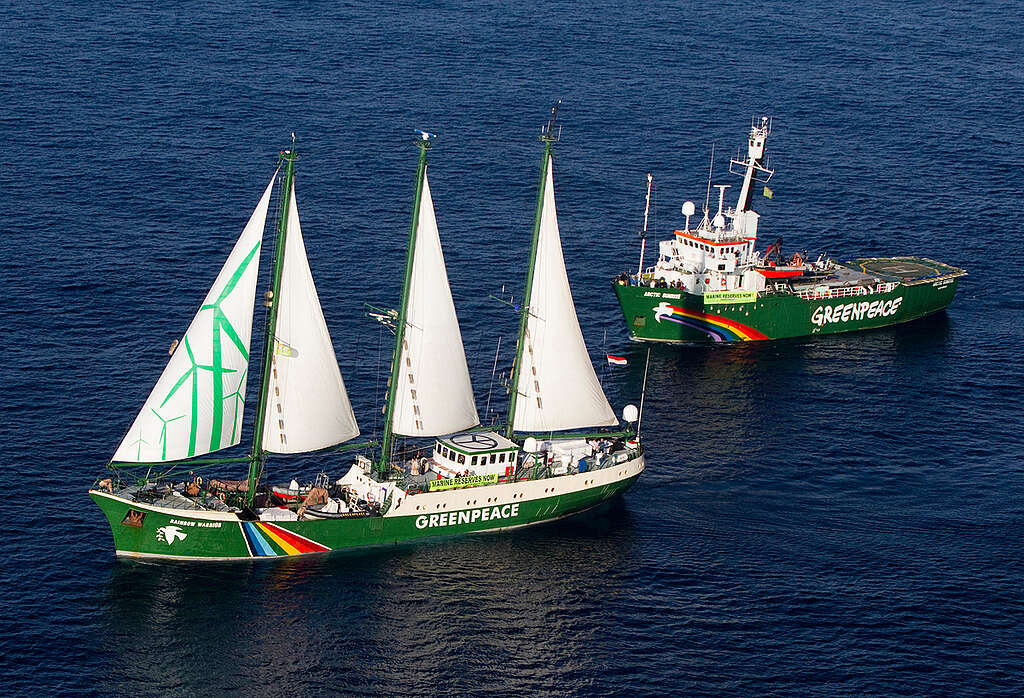
Organisation
Greenpeace is a global campaigning network, consisting of Greenpeace International (Stichting Greenpeace Council) in Amsterdam, and 25 independent national and regional organisations across the world operating in more than 55 countries. These national/regional organisations are independent in carrying out global campaign strategies within the local context they operate within, and in seeking the necessary financial support from donors to fund this work.
Support and coordination of these global strategies is the task of Greenpeace International. Supported by a consultative international decision making process in which the national/regional Organisations are the main stakeholders, Greenpeace International co-ordinates worldwide campaigns and monitors the development of national and regional Greenpeace organisations.
Greenpeace National or Regional Offices (NROs) operate in over 55 countries around the world. There are a number of bilateral agreements that bind each Greenpeace NRO, of which Greenpeace Australia Pacific is one, to Greenpeace International. The key documents that define and describe this relationship are the following:
License Agreement: a legally binding bilateral agreement between Greenpeace International and Greenpeace Australia Pacific, through which Greenpeace International grants the specific NRO a licence to use the Greenpeace name.
Framework Agreement: a legally binding agreement between Greenpeace International and the NRO that allows the NRO to participate in the Greenpeace International Council.
Organisational Development Plan: this is primarily a planning tool. It contains the objectives and plans for the NRO for the following three years as well as Greenpeace International’s commitments and the NRO contribution to Greenpeace International. The agreement is binding and is renewed every year.
Legal Structure
As a registered charity, Greenpeace Australia Pacific Limited takes the corporate form of a public company limited by guarantee.Instead of shareholders
Greenpeace Australia Pacific has a General Assembly made up of more than 50 skilled volunteers who are the voting members. These members elect the Board. The Board in turn appoints the Chief Executive Officer who is delegated responsibility of management of the company.
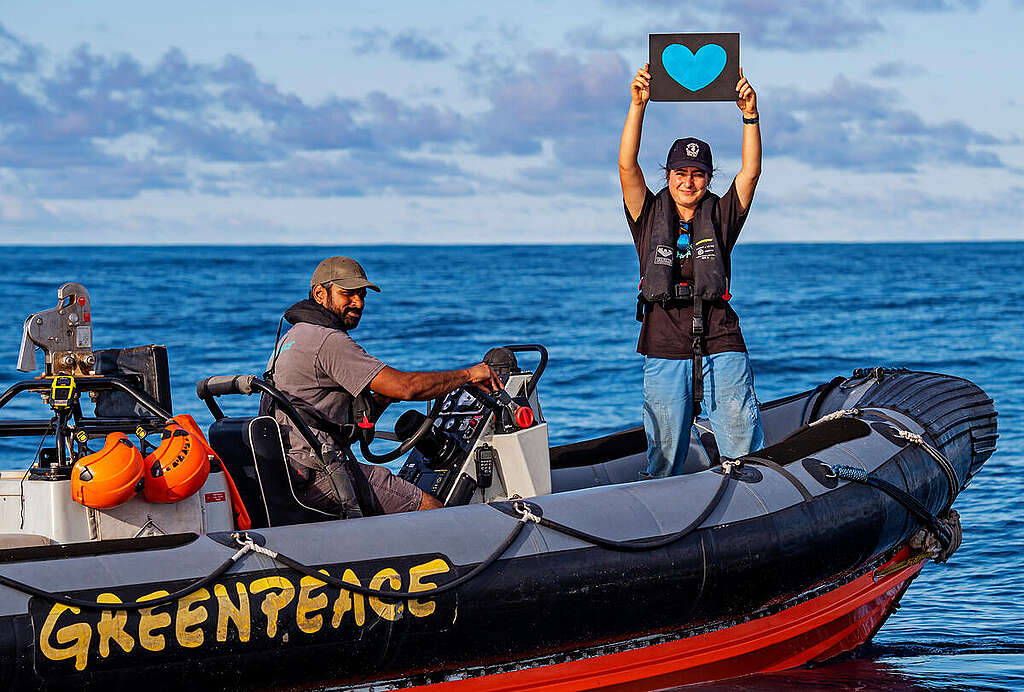
Objectives
Greenpeace Australia Pacific’s constitution defines the objectives of the organisation as being to:
- Protect, preserve and enhance the natural environment; and
- Promote nuclear disarmament and peace.
Registration details
| Company Name | Greenpeace Australia Pacific Limited |
| Trading Names | Greenpeace Greenpeace Australia Pacific Limited |
| Company number | 002 643 852 |
| Australian Business Number | 61 002 643 852 |
| Registered Office | 2c Hayes Road, Rosebery NSW 2018 Australia |
| Postal Address | GPO Box 2622 Sydney NSW 2001 |
| Charitable Fund | The Greenpeace Trust |
| Taxation Concessions held | Endorsed as Gift Deductible Recipient – Item 1 of section 30-15 of ITAA 1997 Income Tax Exemption – Subdivision 50-B ITAA1997 GST concession – Division 176 NTS (GST) Act 1999 FBT Rebate – Section 123E FBTAA 1986 |

